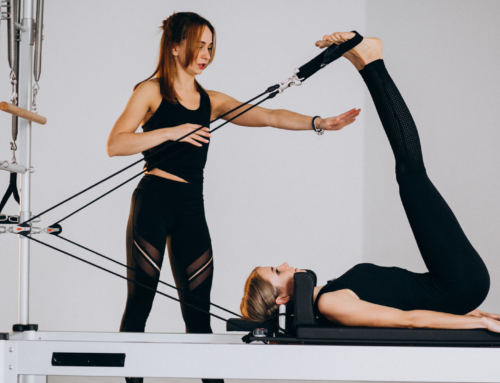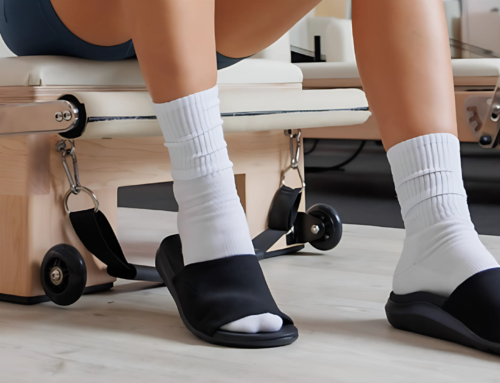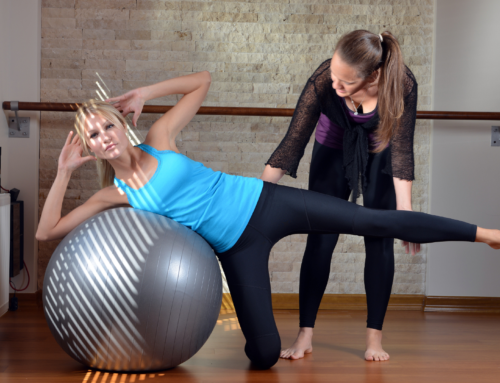No!I’m not telling you by any means to self diagnose a rotator cuff tear! I’m simply trying to make you aware of a potential condition that can be treated, before getting worse, if attended to at the right time. I am hoping that this article will at least make you think about seeing a physiotherapist to get your shoulder assessed and treated if you do have a rotator cuff tear. Of course when it comes to a tear, people think it can only happen when you’ve had some kind of trauma like a sports injury or a car accident. Something that a lot of people don’t realsie is that rotator cuff tear can develop over a period of time due to minor repetitive injury. For example, a worker who does overhead lifting multiple times a day. So keep a check on these different signs and symptoms you may start to feel and please see a health professional to further assess and diagnose.
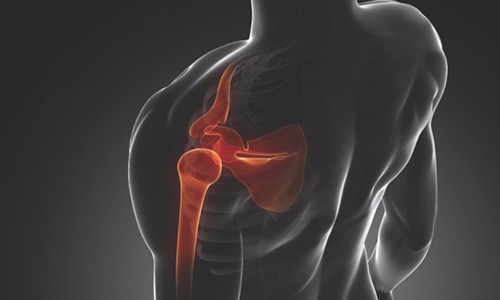
Shoulder pain on lying on the shoulder at night can indicate a potential rotator cuff tear
Rotator cuff tear will cause internal swelling around the tendon and other structures like a bursa that sit within the shoulder joint. Usually during the day the body is more warmed up. You’re out and about or at work etc. so you may feel the pain at a lesser intensity. But you will certainly feel it towards the end of the day and also when you put pressure on your shoulder, like, sleeping on it at night. This causes compression of the structures in the joint stimulating the pain causing nerves. Also, because we are stationary at night, there’s not enough blood flow through the area of the rotator cuff tear. Which means the swelling can start to throb and be painful. I usually advise my patients to avoid sleeping on the side or at least start off on the other side. It’s also helpful to have the shoulder propped up on pillows if you do suspect a rotator cuff tear.
Another sign of rotator cuff tear is weakness or inability to lift the arm above shoulder
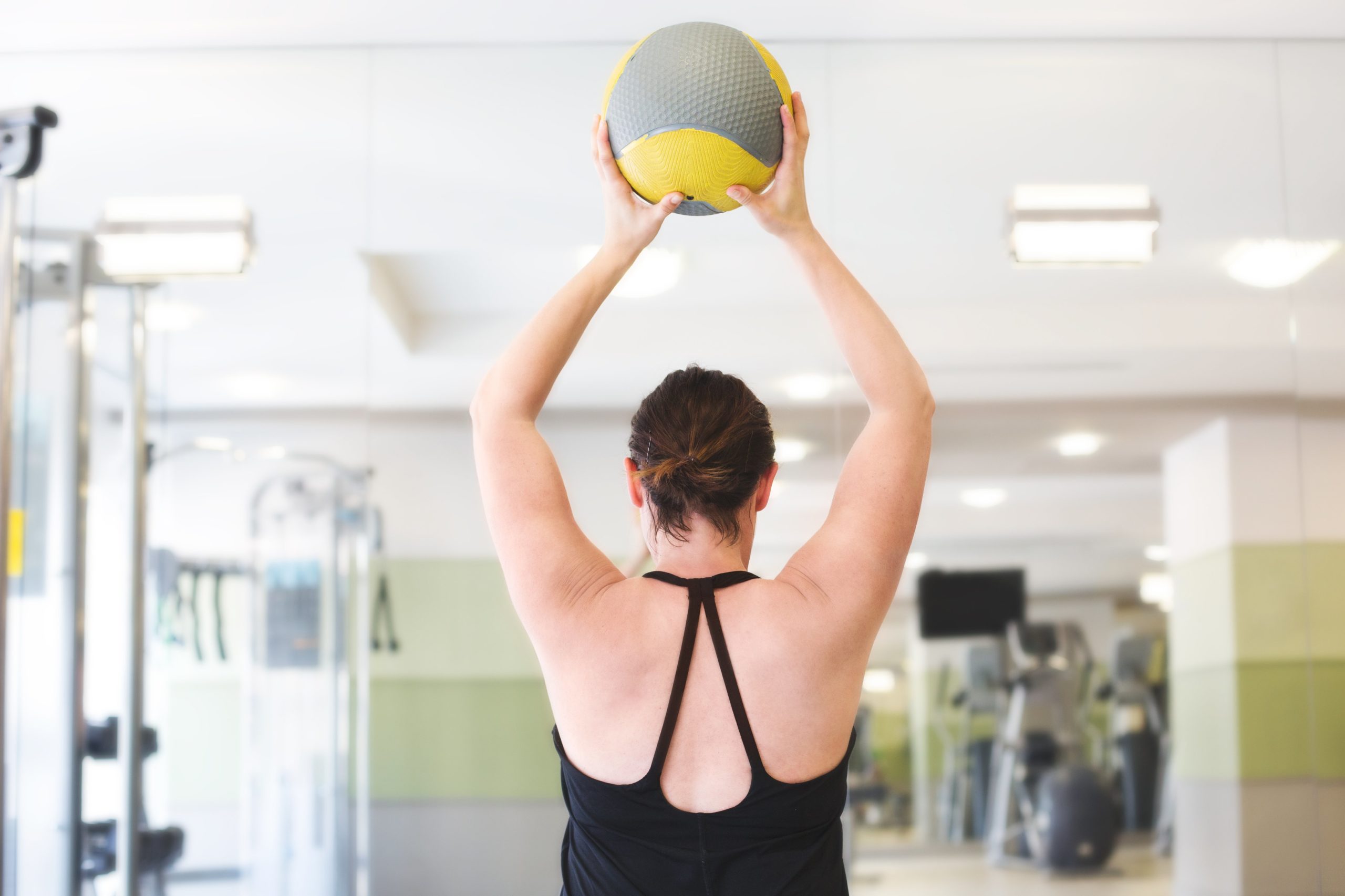
It takes tremendous amount of strength for the rotator cuff muscles to help you move your arm above your head. So if there’s a rotator cuff tear, the muscles get weak and are not able to support the movement of the arm overhead. This creates an imbalance with the movement creating friction between the tendons and the bones that they attach on. Thus, causing pain. The pain may be felt on the top of the shoulder or even in the deltoid which is the big muscle of the upper arm. There can sometimes even be shock like pain sensation travelling down the arm giving you a drop arm or dead arm feeling. This is quite typical of a rotator cuff tear. Depending upon the extent of the injury the pain can linger on or just be short and sharp adn disappear.
Shoulder pain with reaching or moving the arm away from your body can be a rotator cuff tear

As mentioned above, as soon as the arm moves away from the body, the rotator cuff muscles have to work really hard to stabilise the joint. That’s why if there’s a rotator cuff tear the muscles will not be able to protect your arm because of weakness. Pain is just a protective mechanism. It tells us that there’s something wrong with the body part. And something like a rotator cuff tear will certainly cause friction within the joint and cause a muscle to loose it’s strength. That’s exactly why reaching movements become so painful. Rotator cuff strengthening exercises become absolutely important to then build strength in the shoulder and return to pre injury levels.
Remember, pain is not normal. It’s your body telling you that something’s wrong. So the sooner you get treated, the quicker, you’ll recover. If you or anyone you know is suspecting a rotator cuff tear, please see a health professional immediately. You don’t need to see a GP before you see a Physio.

